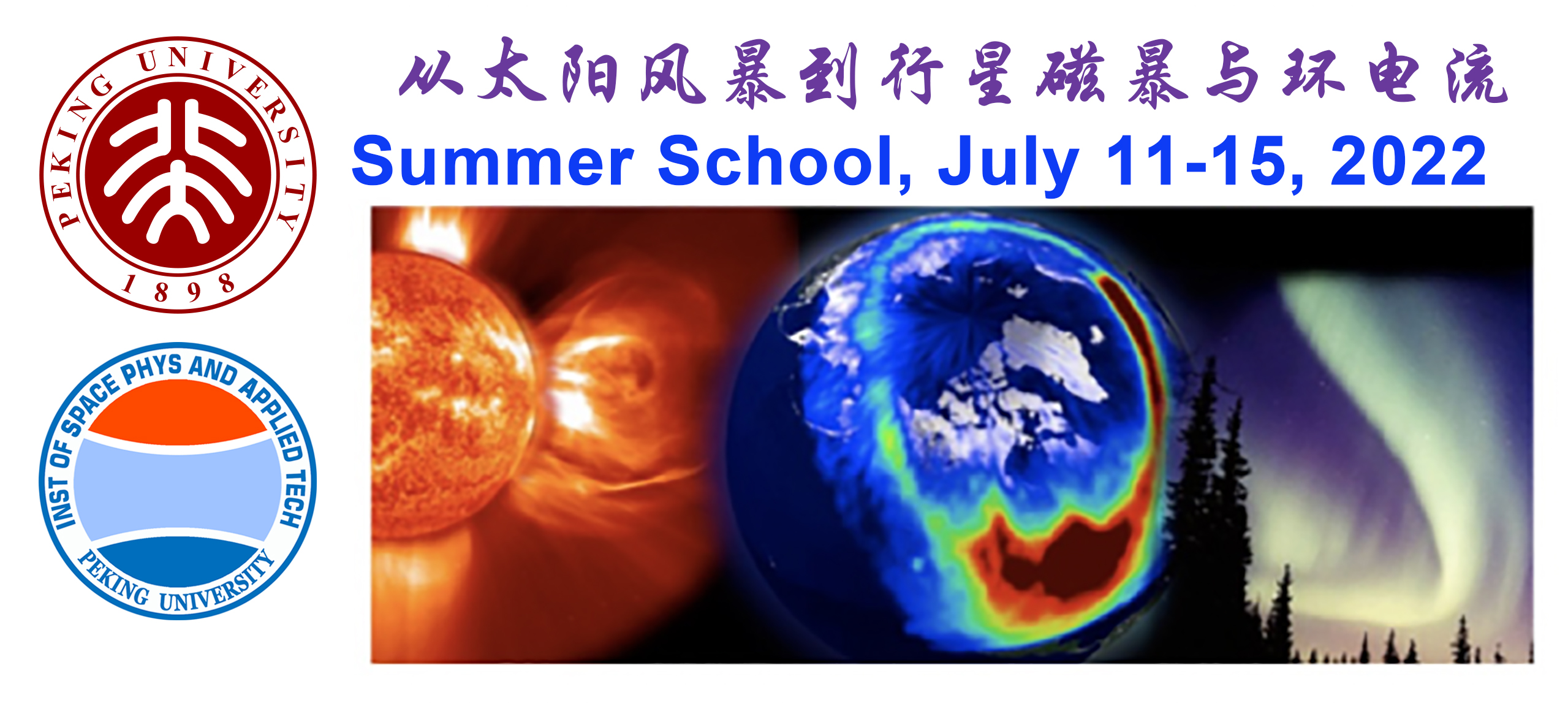台湾成功大学太空天文和电浆(等离子体)科学研究所 陈秋荣(Frank Chen)教授报告
时间:9月12日(星期4)下午15:30
地点:物理楼北415
题目:Substorm energy storage and release processes
摘要:Substorm is the most important energy storage and release process in the magnetosphere. When solar wind particles enter the magnetosphere, most are stored in the night side magnetosphere to form the magnetotail. When the storage of the plasma energy becomes larger than some critical values, plasma processes (instabilities) take place to form turbulence and cause plasma transport and release the energy and mass both downward into the ionosphere and in the magnetotail-ward direction into the interplanetary space. During the energy storage phase (substorm growth phase) the plasma pressure increases in the night side in the central plasma sheet, and the magnetic field stretches outward to become much more tail-like, and both the magnetic and plasma energies increase dramatically in the night side. The plasma beta can become much larger than unity and reaches ~40-60 in the central plasma sheet at the near-Earth location (~ 10 Earth radii). Then, kinetic ballooning instabilities (KBIs) can be excited to produce Pi2 waves (~1 min period) and their parallel electric field can accelerate electrons downward into the ionosphere to produce substorm onset auroral arcs with bead-like structure along the arc in the east-west direction. As KBIs grow to large amplitude, higher frequency Pi1 instabilities are also excited and together they form turbulence and cause plasma transport in all directions in the central plasma sheet, which is the onset of the substorm expansion phase. The substorm expansion features in the ionosphere is the formation of auroral vortex structure and auroral expansion poleward and earthward and in the east-west directions. In the magnetosphere, the plasma pressure gradient relaxes in the near-Earth plasma sheet, and the magnetic field becomes more dipole-like (called the dipolarization), and the cross-tail current is greatly reduced (called the current disruption). After the substorm expansion, the plasma and magnetic field of the magnetosphere return to a quiet-time state. During solar active times, the substorm can occur several times per day. Observations and theories will be presented.

